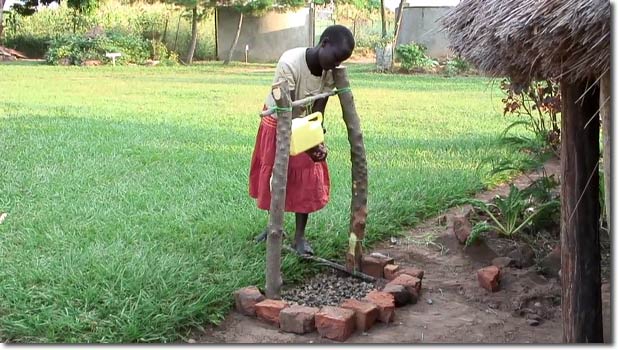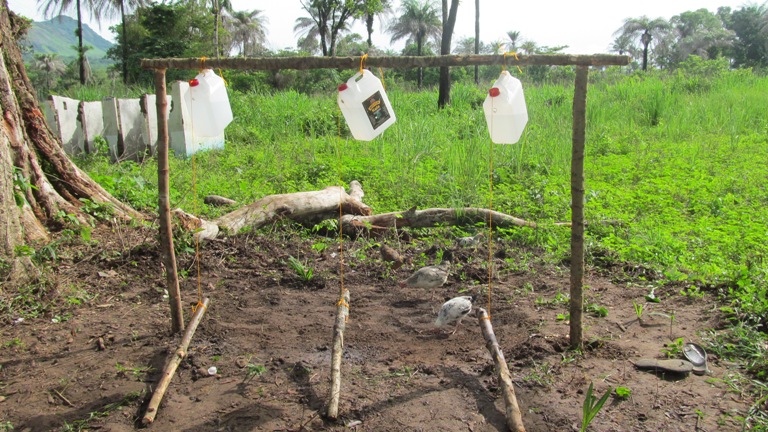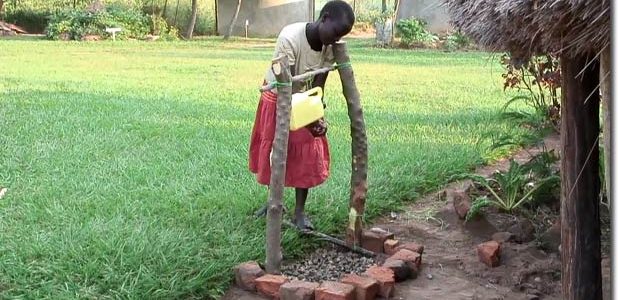
Due to the global pandemic, there are a few ways to use in controlling the spread of Covid 19, which is to follow the proper safety measures for example to wash your hands frequently ( for at least 20 seconds) or rub your hands with an alcohol-based sanitizer. Some homesteads cannot afford the sanitizers since some shops have made their prices very steep because they are in demand. This is a cost-free device which can be made by recycled material at the luxury of your home.
The tippy tap is a hands-free way to wash your hands that is appropriate especially for rural areas where there is no running water. It is operated by a foot lever and thus reduces the chance for bacteria transmission as the user touches only the soap. It uses only 40 milliliters of water to wash your hands compared to 500 milliliters when using a mug, additionally, the used “waste” water can go to plants or back into the water table.
While the tippy tap is a great technology, it is just that a technology. It is important to recognize that there is a difference between great technology and adoption of the technology. However, it is a great tool that can help kick start the conversation about handwashing with soap and help increase this behavior. And it does so in a fun and easy manner that is especially appealing to children.

The first ‘official’ tippy tap was built in the eighties by Dr. Jim Watt in Zimbabwe using a gourd. Since then, many variations have come into existence depending on local materials and aesthetics.


